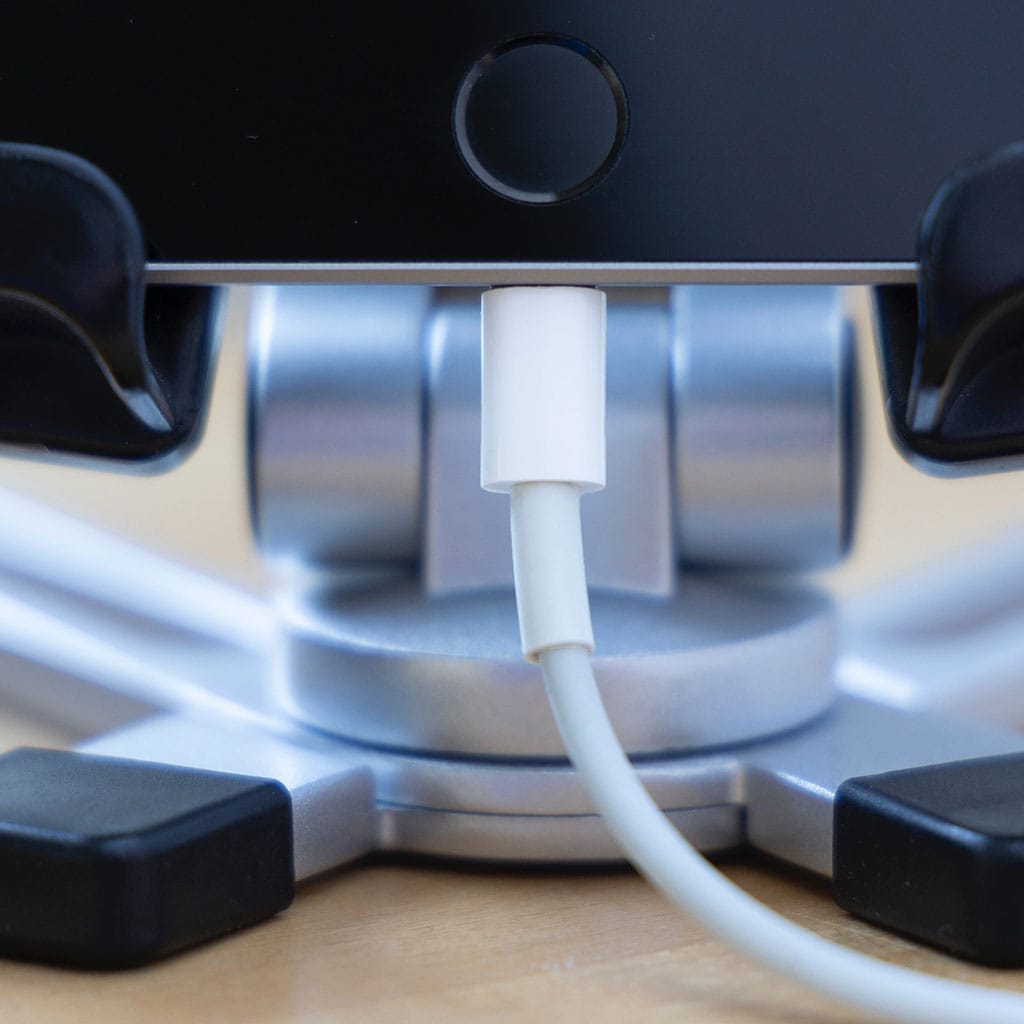What happens if your iPad doesn’t charge?
What happens if your iPad doesn’t charge?
Investigating the frustrating scenario of an iPad failing to charge, this article delves into common reasons behind charging issues and offers troubleshooting tips to help users revive their device’s power supply. Understanding what happens when an iPad refuses to charge is crucial for resolving this inconvenience and ensuring uninterrupted usage.
Discover the secrets behind your iPad’s stubborn refusal to charge!
If your iPad doesn’t charge, it can stem from various factors, ranging from simple issues to more complex hardware or software problems. Some common reasons include:
- Faulty Charging Equipment: Check the charging cable, adapter, or power source. A damaged cable, a defective adapter, or an issue with the power outlet can prevent the iPad from charging. Try using a different cable or adapter to rule out this possibility.
- Port Obstruction or Dirt: Accumulated dust, lint, or debris in the charging port might hinder proper connection between the cable and the iPad. Gently clean the port using a soft brush or compressed air to remove any obstructions.
- Software Glitches: Occasionally, software issues can disrupt the charging process. Restart your iPad or perform a soft reset (hold down the Home and Power buttons simultaneously) to see if this resolves the problem. Ensure your iPad’s software is up-to-date as well.
- Battery Health: Over time, batteries degrade, affecting charging capability. If the battery is too old or damaged, it might not hold a charge effectively. Consider getting the battery checked or replaced by Apple or an authorized service provider.
- Hardware Problems: In some cases, there might be hardware-related issues, such as a faulty battery, damaged charging port, or issues with internal components. Professional inspection by Apple support or an authorized technician might be necessary to diagnose and fix these issues.
- Charging Management Software: Sometimes, the iPad might refuse to charge if it detects a problem with the charging process, like overheating. This safety feature prevents potential damage to the device.
If your iPad doesn’t charge, troubleshooting steps like using a different cable or adapter, cleaning the charging port, ensuring updated software, and checking power sources are initial steps. If the problem persists, seeking assistance from Apple Support or an authorized technician for a comprehensive diagnosis and potential repair is recommended.
What are the potential causes of a charging port being obstructed or dirty?
The charging port on an iPad can become obstructed or dirty due to various reasons, potentially causing charging issues. One common cause is the accumulation of debris like dust, lint, or dirt within the port itself. These particles can accumulate over time, especially if the iPad is frequently carried in pockets, bags, or exposed to dusty environments. Another factor contributing to port obstruction could be the use of non-certified or damaged charging cables. When cables fray or wear out, they can shed small particles that may lodge into the charging port, impeding the connection between the cable and the iPad’s USB or Lightning port.
Moreover, physical damage to the charging port itself can also lead to obstructions. Any impact or mishandling that causes bending, warping, or misalignment of the USB or Lightning ports can create obstacles for proper cable insertion. This damage might hinder the secure attachment of the charging cable, resulting in inconsistent charging or no connection at all. Additionally, software updates or issues might occasionally cause charging problems, though they are less likely to be directly related to port obstruction. However, hardware issues, such as a faulty USB-C port or Lightning port, might contribute to charging difficulties, reflected in the device not recognizing the charger despite the presence of the lightning bolt or battery icon. Regularly inspecting the port for debris and ensuring the use of genuine, undamaged cables and adapters can help prevent charging issues stemming from port obstructions or dirt accumulation.
Conclusion
In conclusion, when an iPad won’t charge, there could be a number of potential causes ranging from hardware issues like a faulty battery or damaged charging port to minor obstructions or dirt accumulation in the port. Initial troubleshooting steps like using a different cable or adapter, cleaning the charging port, ensuring updated software, and checking power sources can help identify the source of the problem. If the issue persists, seeking assistance from Apple Support or an authorized technician for a comprehensive diagnosis and potential repair is recommended.





You must be logged in to post a comment.